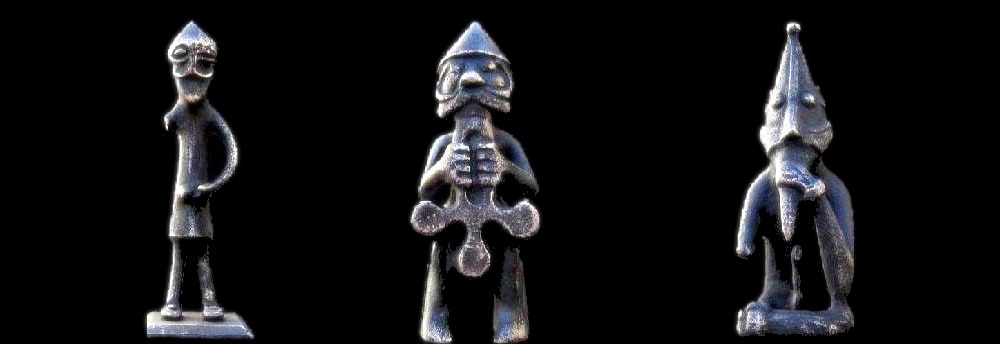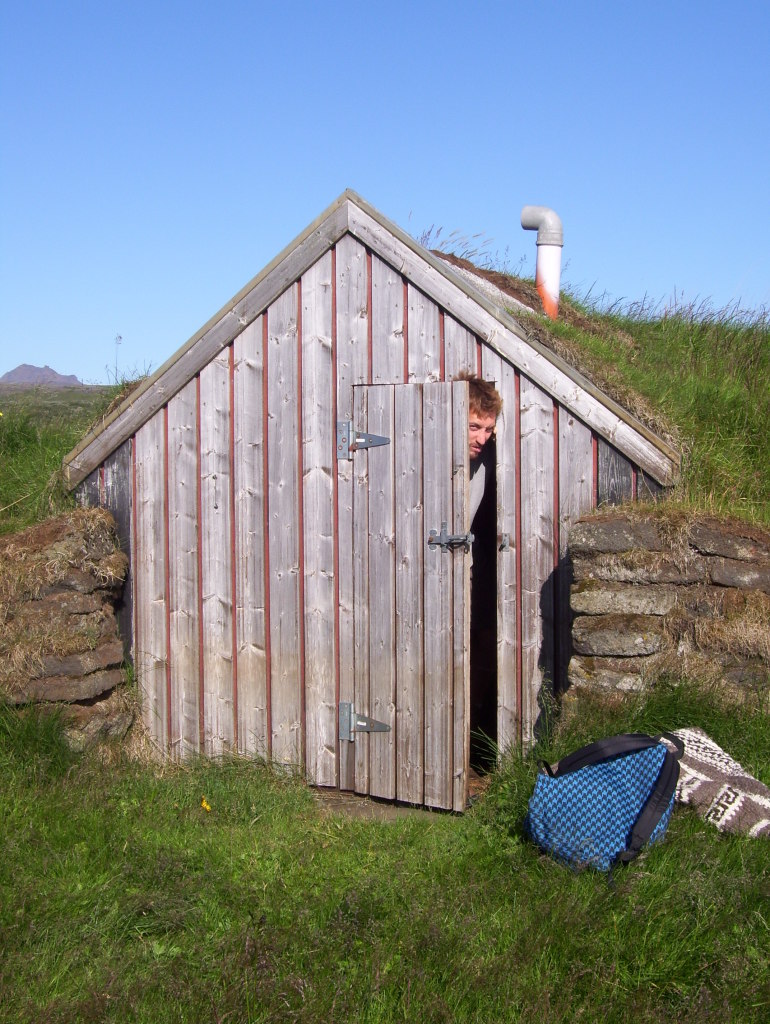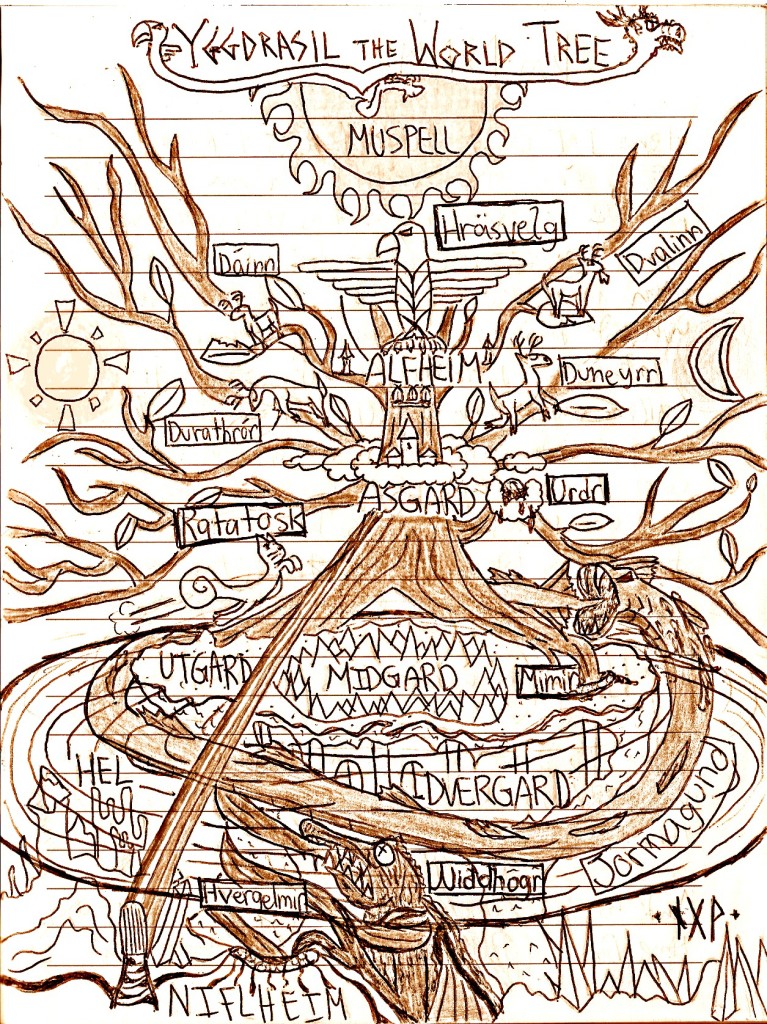I briefly mentioned our trips to Loch Ness and Hermaness in, “Top Picks of Scotland” but that was only a glimpse at our adventure looking for Nessie. Without further ado, here are the highlights of our last couple of weeks in Scotland!
Our last days in Unst were busy at the hotel. During the day we helped with renovating The Hilltop bar on Yell or cleaning in the hotel, with the occasional evening of a casual drink (or two, three, four…) in Springers bar. One of my favourite things we saw with the last of our time on Unst will delight the nature lovers out there, the Hermaness Nature Reserve!
The hike is a bit tough and swampy at times, but it’s so worth it. You can walk along feet-tingling cliffs overlooking the North Sea and even see the lighthouse on Muckle Flugga (where you can actually stay the night if you want!). The real highlight though are the incredible bird colonies that nest along the cliff faces. At this time of year only the gannets have begun to arrive, but later this spring and summer the reserve will see thousands of fulmars, gulls, shags, puffins and kittiwakes. It’s an absolutely awe-inspiring sight, and this early in the season the smell hasn’t had a chance to get too bad either.








